Green Revolution in the desert: Jinkosolar's 1.75GW project landed in Saudi Arabia
Recently, Jinkosolar announced that in the next city, it will provide a total of 1.75GW of N-type TOPCon PV modules for two key projects in the fifth round of Saudi Arabia's renewable energy PV program - AHK2 (500MW) and MAS (1250MW). Behind the project, it is not only the overseas expansion of photovoltaic leaders, but also another proof of China's energy technology participation in the structural transformation of the Middle East.
It is worth noting that this is Jinkosolar following the supply of 1.8GW PV3 Ajiban project in ABU Dhabi last year, and once again joined hands with EDF Renewables, and jointly with the National Power Investment Yellow River Company, jointly in the Middle East market. The project is undertaken by the consortium of PowerChina Guizhou Engineering Company, which fully reflects the upgrading of Chinese enterprises from product output to systematic solution output in the process of "going global".

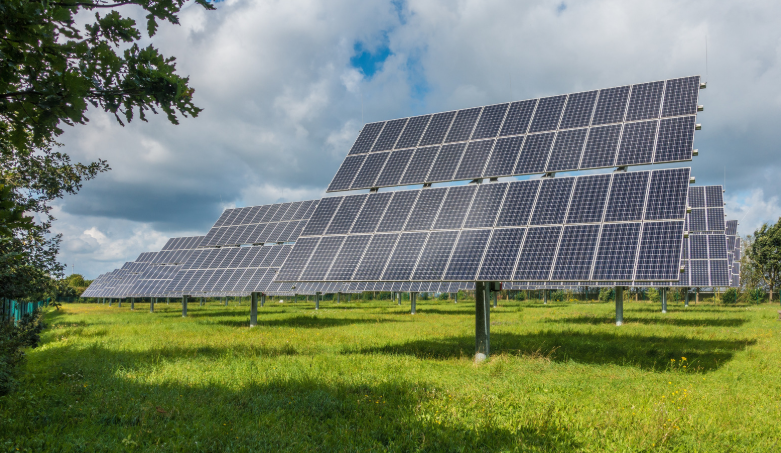
The N-type TOPCon Tiger Neo double-sided component has the following core advantages:
Low attenuation rate and low temperature coefficient: ensure long-term efficient operation of components;
Up to 85% double-sided rate: can significantly improve power generation, empirical data show that the overall can bring about 3.38% power generation gain;
Anti-uv, anti-sand and anti-hail design: suitable for extreme desert environment;
High reliability system integration capability: ensures excellent overall system performance during construction and operation.
In the context of Saudi Arabia's "Vision 2030" and National Renewable Energy Plan (NREP), the solution with high technical content and solid empirical data is becoming the first choice in the market. Jinkosolar's TOPCon technology not only won the technical review, but also won the trust of the market, and continued to expand the share of Chinese manufacturing in the global energy landscape.
What is more noteworthy is that this Saudi project is not only a simple energy infrastructure construction, but also contains a new model exploration of ecological governance and green development.
The high-double-sided modules used in the MAS and AHK2 projects in Saudi Arabia will realize the compound benefit of "photovoltaic + ecology" - through the shading of the modules, surface temperature can be effectively reduced, soil evaporation and dry cracking can be alleviated, and microbial recovery of the surface soil can be accelerated, providing a physical and environmental basis for subsequent green planting and desert management. Photovoltaic power stations will no longer be just energy facilities, but a new system platform of "sand control - power generation - greening".
This is highly consistent with the evolution of ideas of Chinese enterprises in the process of "going out" in recent years: from the past to focus on products going to sea, to the systematic output oriented by green solutions and sustainable ability, and to comprehensively improve the transition path of Chinese manufacturing to Chinese solutions.
Although the Middle East is famous for its oil resources, the strategic shift towards renewable energy has become increasingly clear in recent years. As a global oil exporter, Saudi Arabia is also accelerating the diversification of its energy structure, and the "2030 vision" clearly proposes to realize the diversification of energy source structure in the next decade, and continue to increase the proportion of clean energy.
According to the Saudi National Renewable Energy Plan, 58.7GW of new renewable energy capacity will be installed by 2030, of which solar energy accounts for 70%. This brings huge opportunities for global photovoltaic companies, but also puts forward a higher technical threshold and system integration requirements.
Jinkosolar's continuous winning bids and high-quality performance in the region show that its product performance and system solution capabilities have distinguished themselves in the international market. Especially in the cooperation model jointly developed with international first-tier enterprises such as EDF and State Power Investment, Chinese enterprises are not only suppliers, but also strategic partners and participants in system solutions.
The landing of MAS and AHK2 project is not only a successful international cooperation, but also a technical and ecological project with global demonstration effect. In the current context of global climate governance, how to achieve green and low-carbon transformation in desert areas and how to balance energy supply and ecological protection are becoming important issues facing all countries.
From this point of view, JinkoSolar provides not only 1.75GW components, but also a set of green industry chain thinking. Thanks to the high Saudi light conditions, the high duplex rate of the components further amplifies the power generation efficiency; At the same time, the environmental adaptive design of the component is taken as the starting point to link ecological improvement and economic driving benefits, forming a complete closed loop.
Especially for companies or policy institutions looking to invest in the Middle East region, the project provides a sustainable development model that can be replicated: the integration of technology, ecology and industry to achieve green development goals.
Jinkosolar's landing of the Saudi Arabia project is another representative event in the "Sea 2.0" stage of China's photovoltaic industry. What it represents is no longer the "selling products" in the traditional sense, but a new generation of industrial model that integrates high technical threshold, ecological governance coordination, and international cooperation mechanisms.
In the future, who can build green solutions with ecological adaptability and sustainable ability can occupy the first opportunity in the new global energy pattern. Jinkosolar is using practical actions to give China's answer.









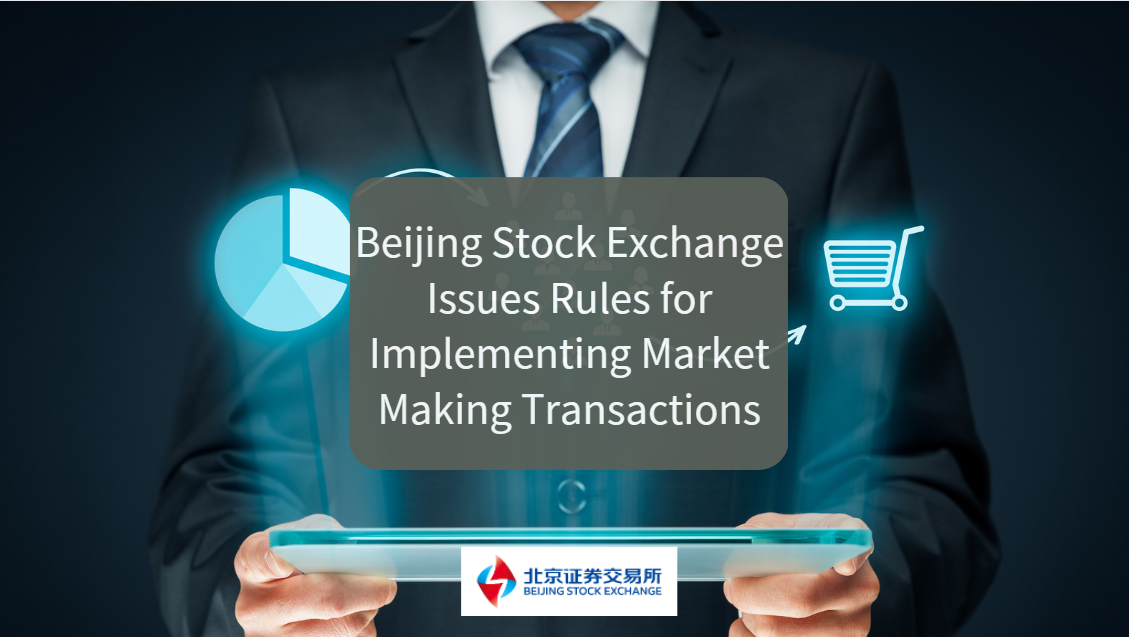
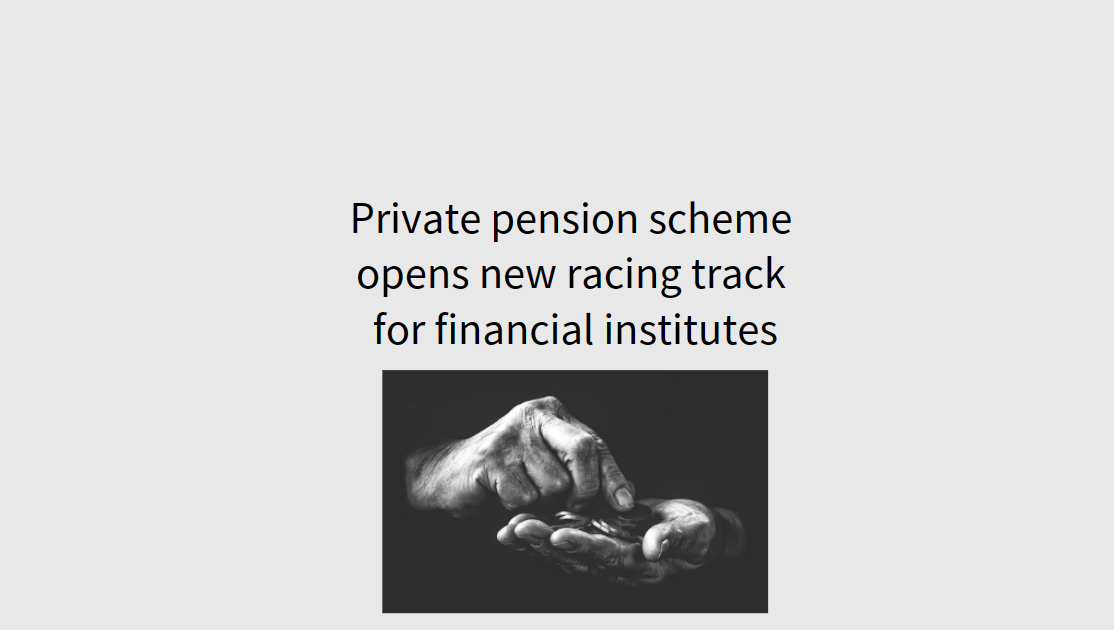
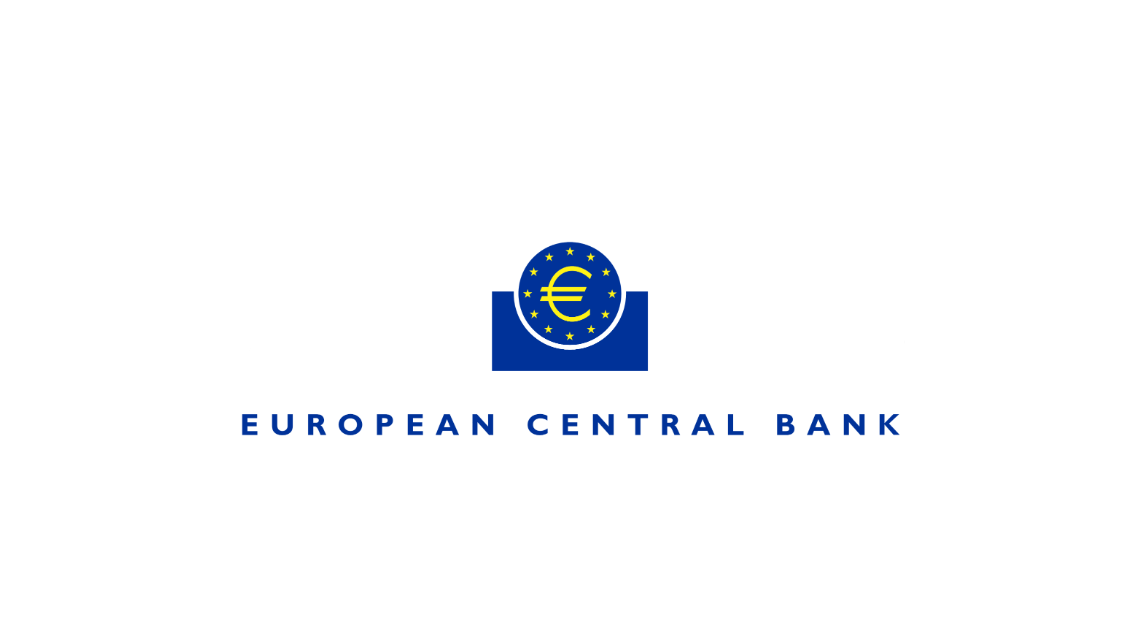
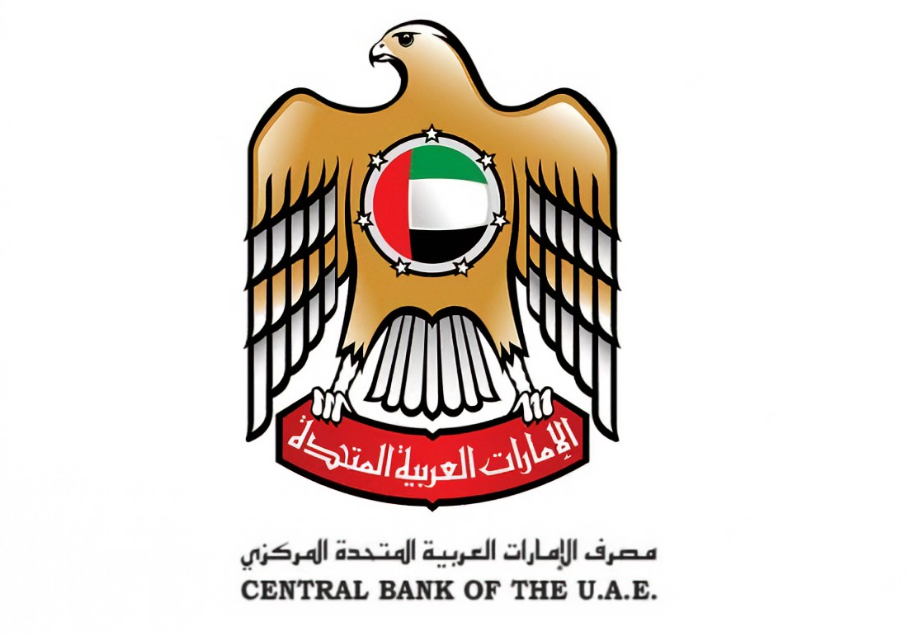
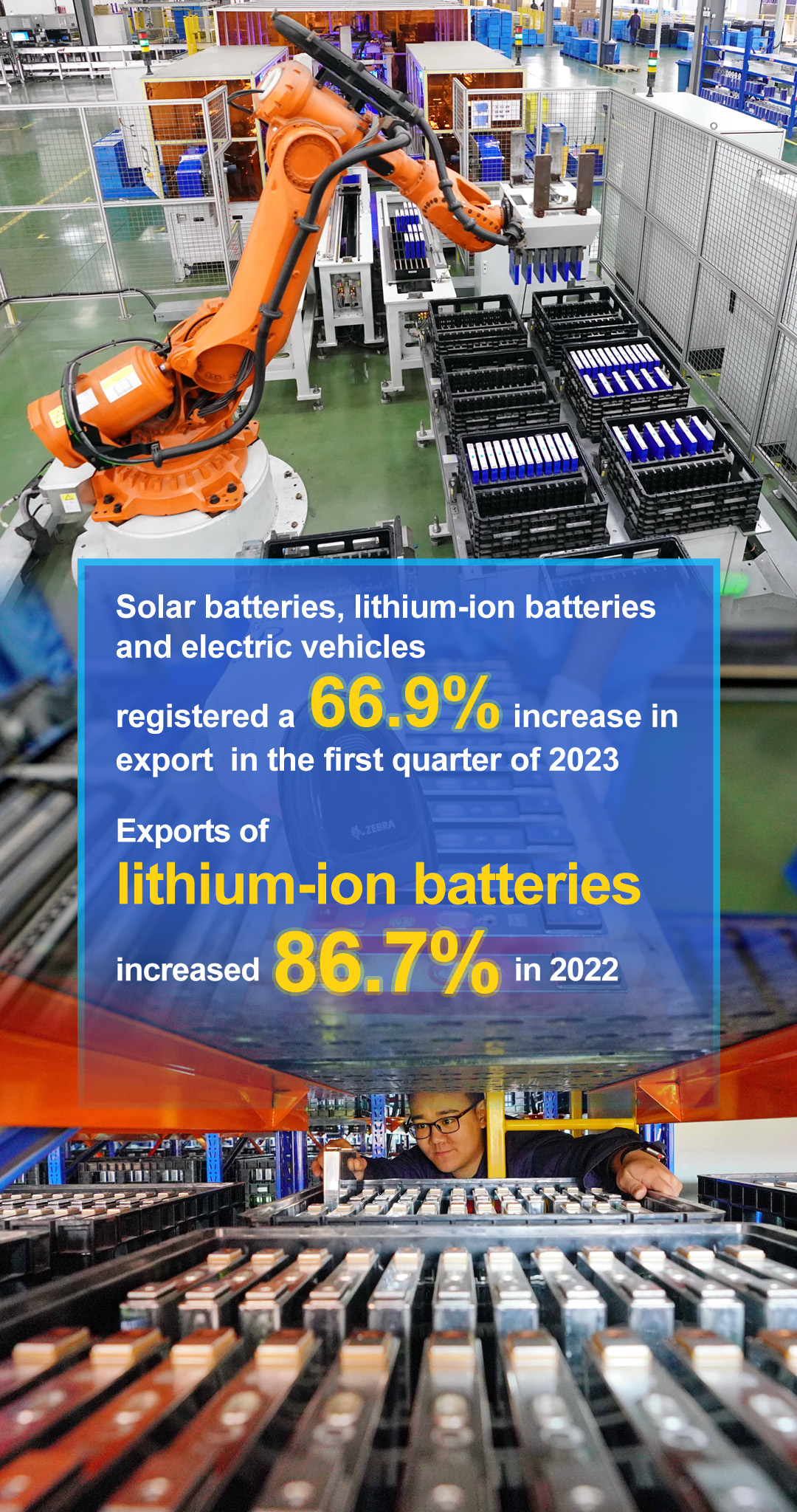
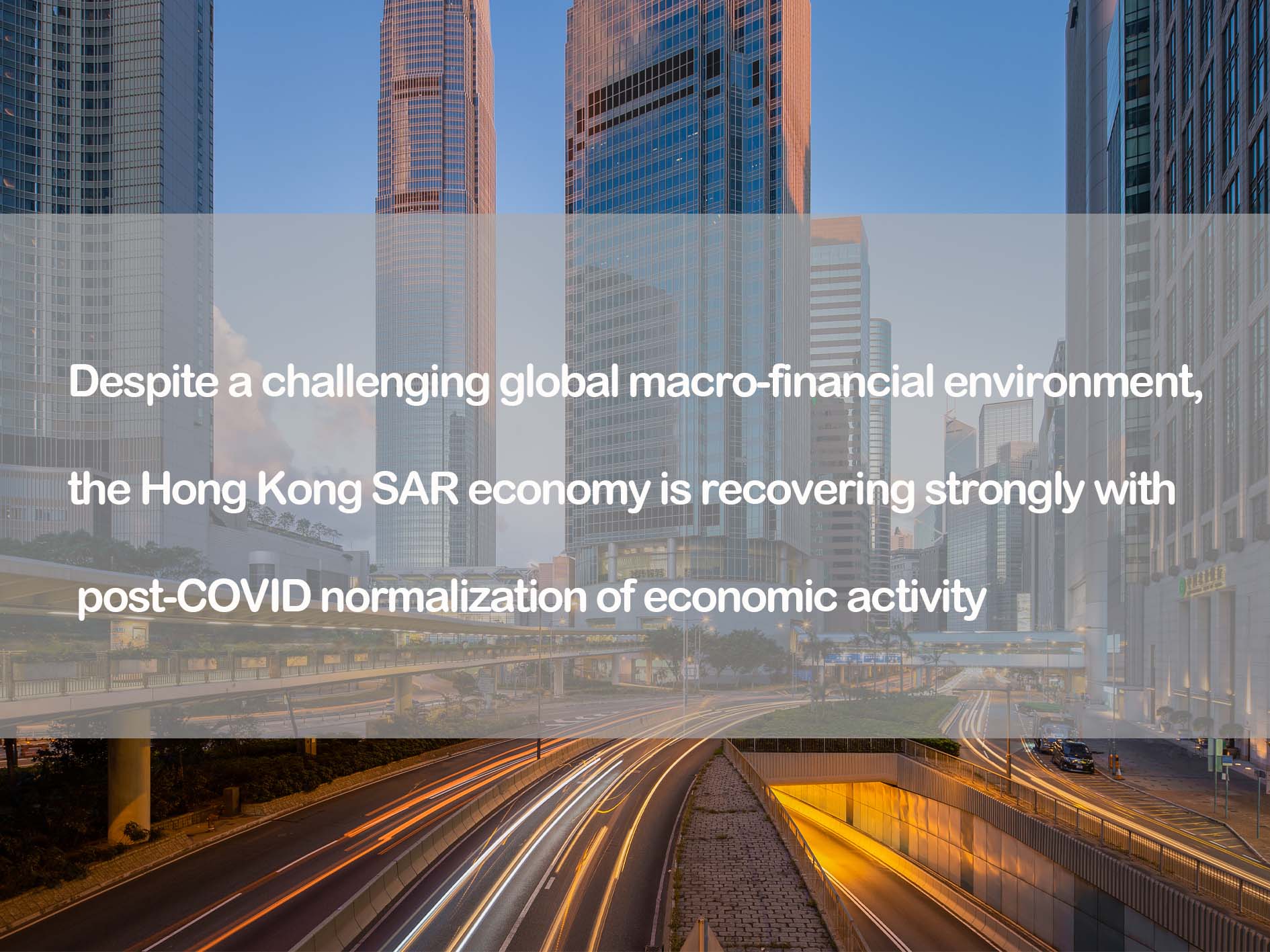
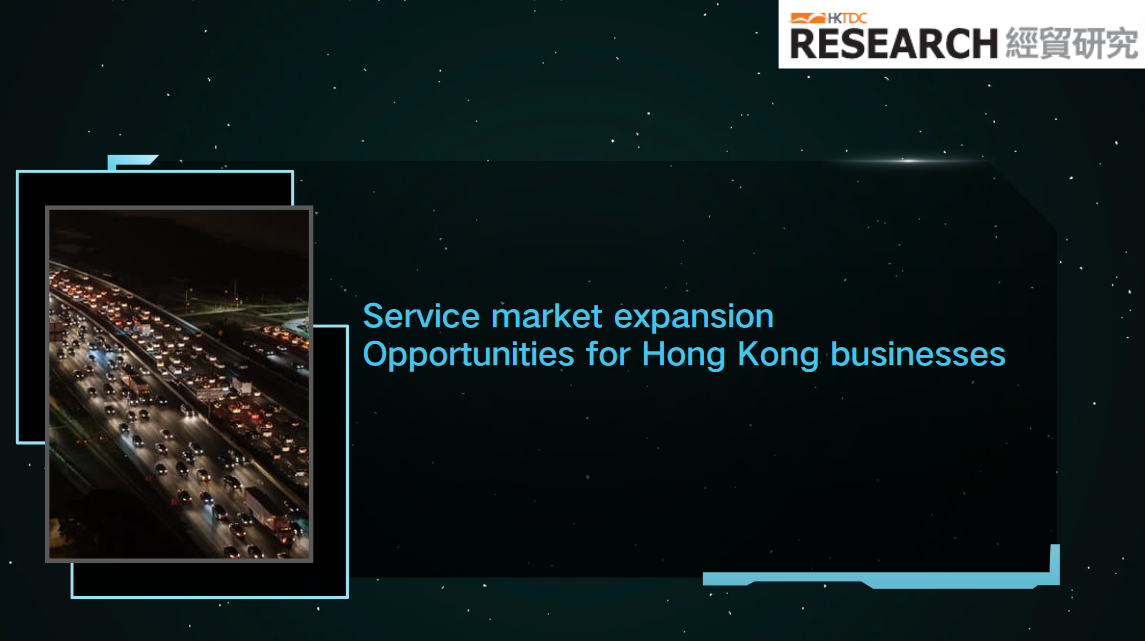
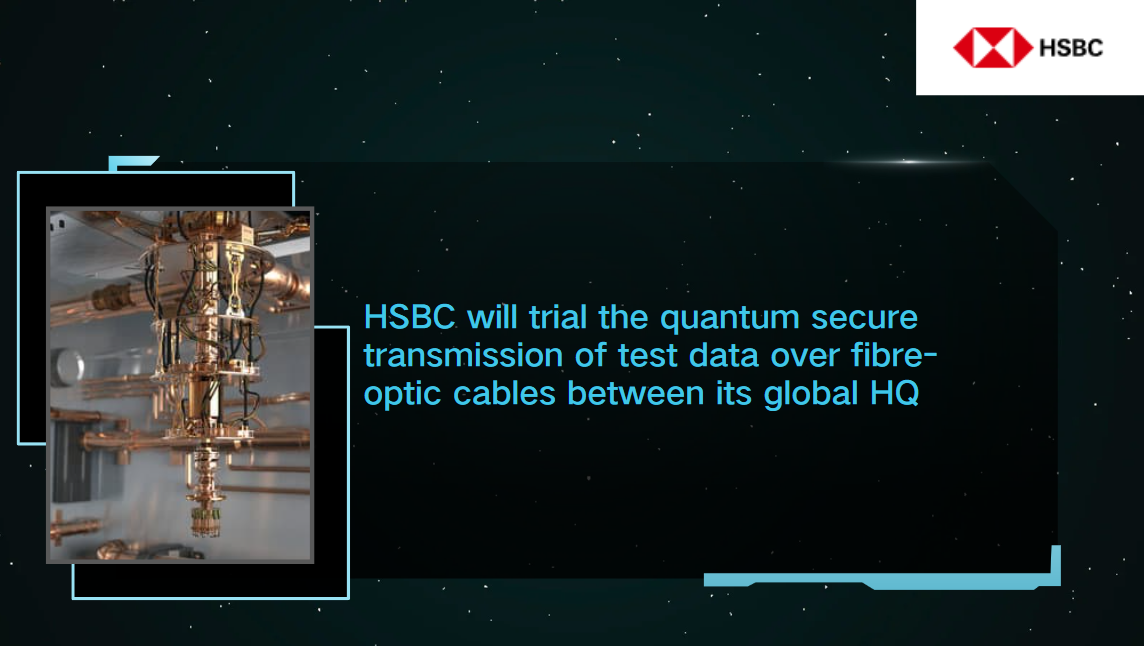
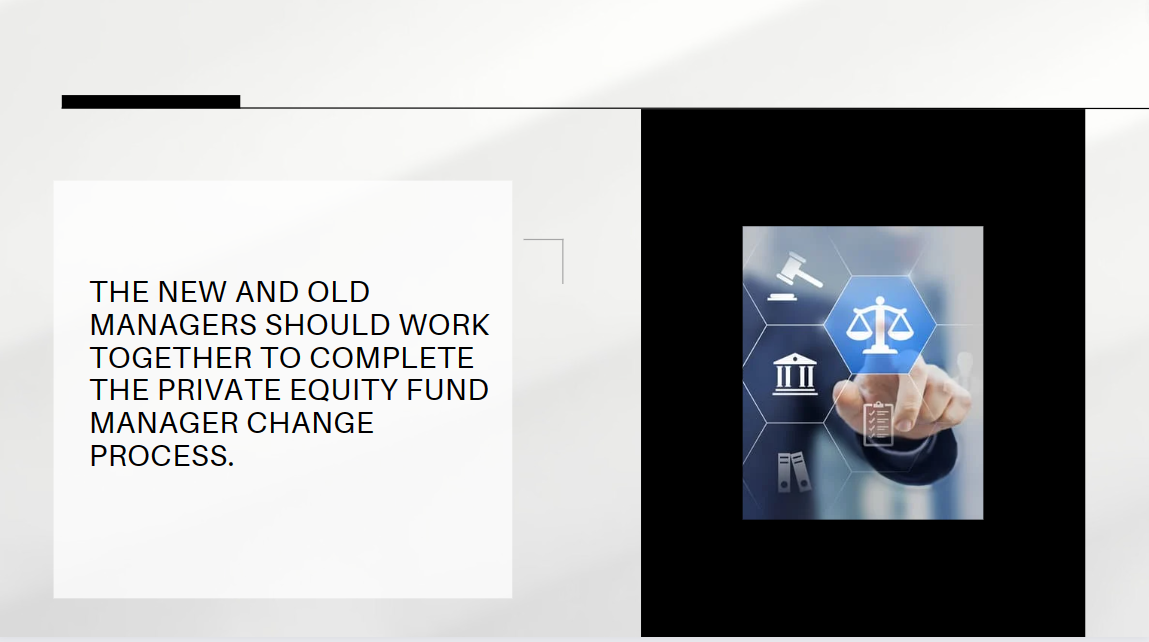

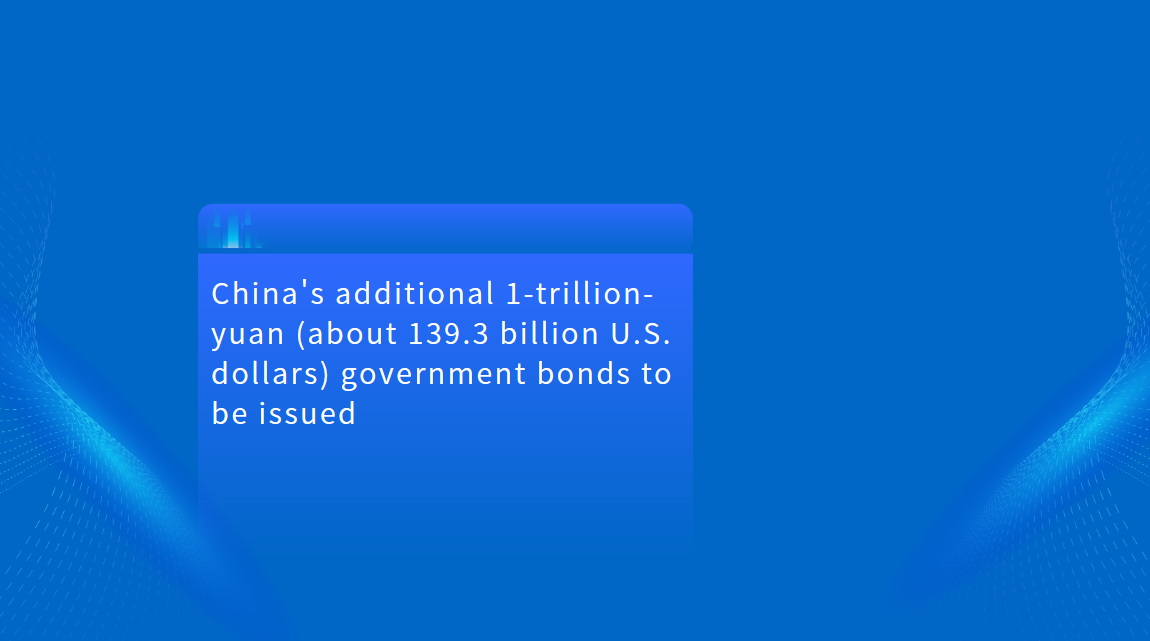

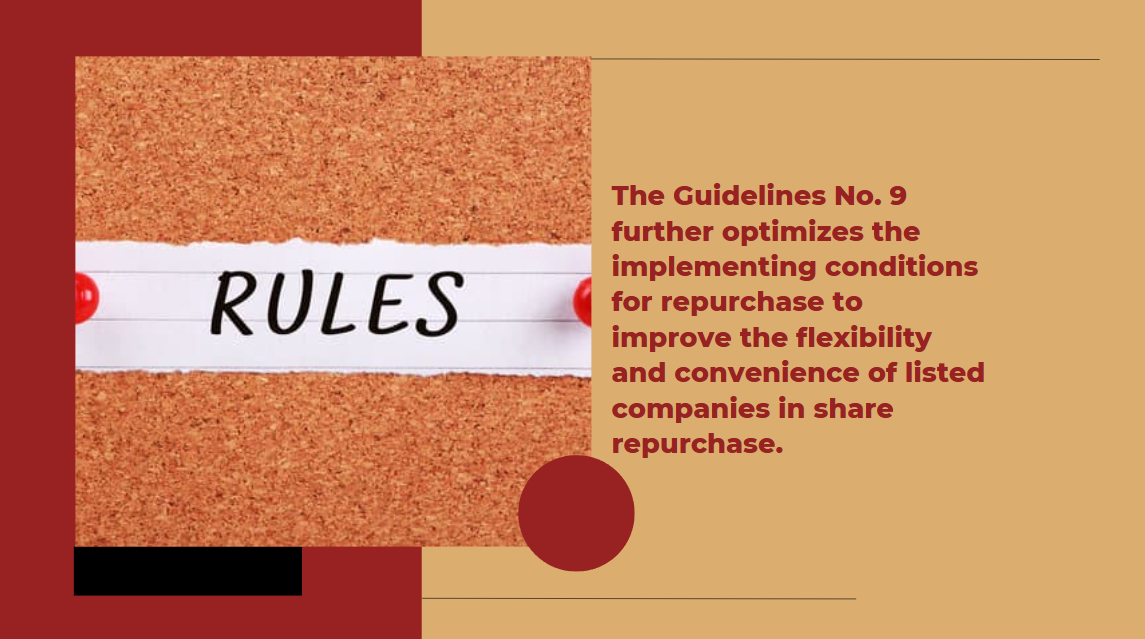
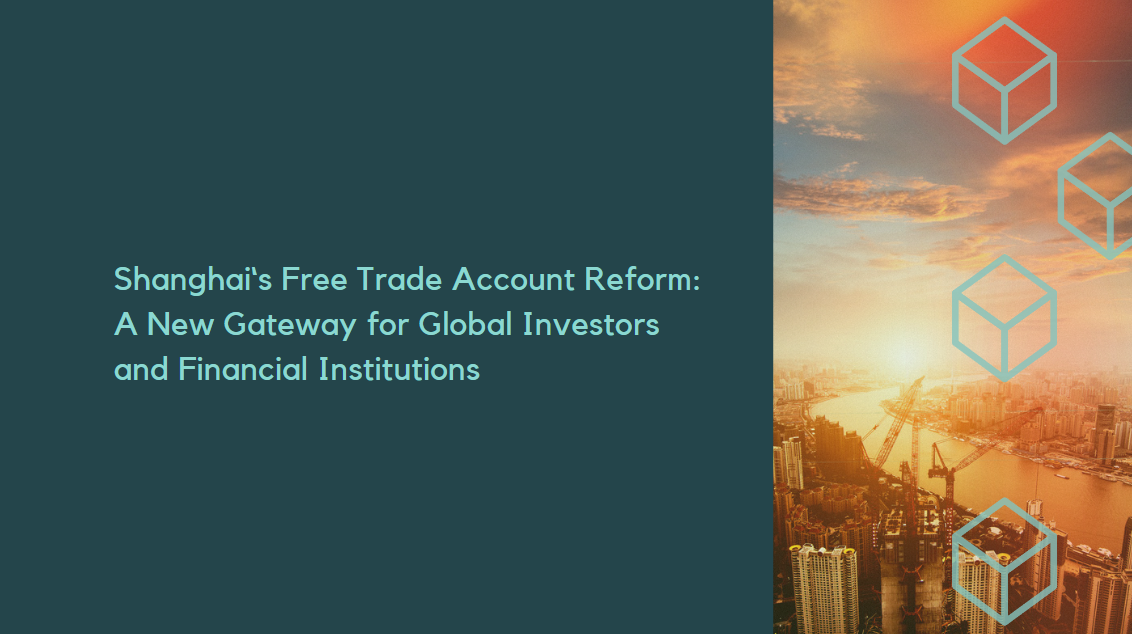

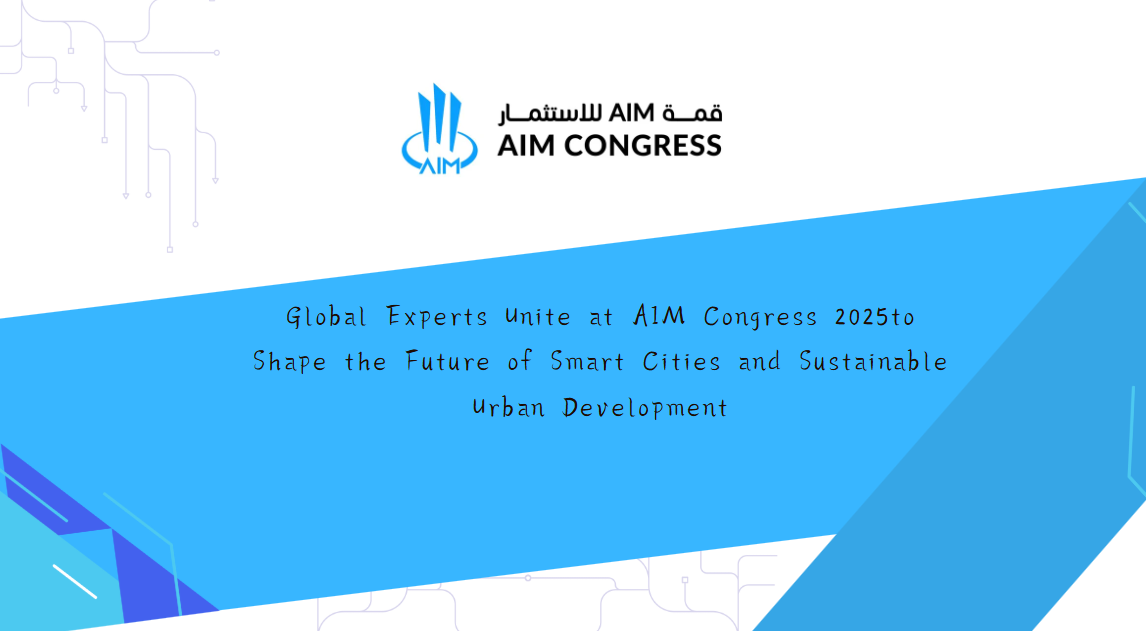













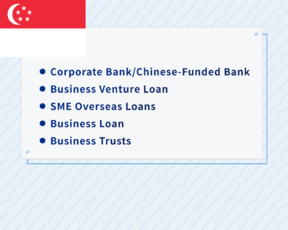

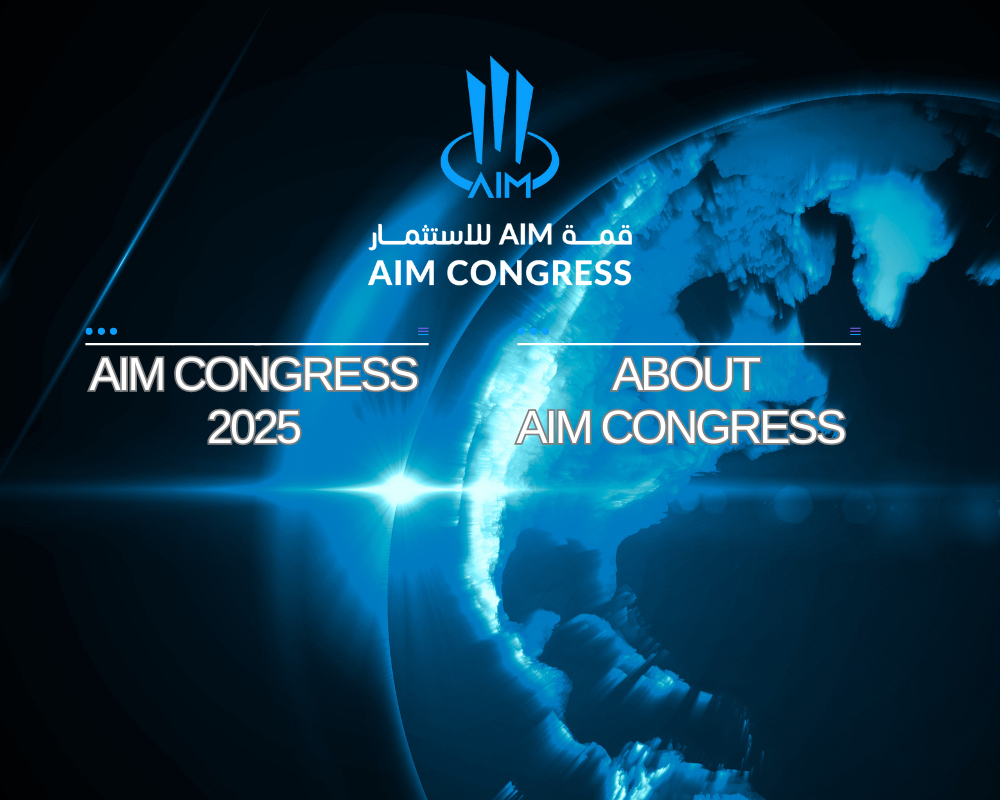












First, please LoginComment After ~